Three-legged crow - canvas
- In stock, ready to ship
- Backordered, shipping soon
- Worldwide free shipping for orders over €60
- Delivery 5 - 7 working days*
One motif, many styles: discover our diverse collection
Image resolution quality


Original image size: 3600 x 4800 px, 300 dpi, 24 bit
Those
- original title: Samjogo (삼족오)
- Traditional pattern of the Goguryeo* Kingdom, the symbol of the sun
*Goguryeo was one of the Three Empires of Korea that ruled from 37 BC. BC to 668 AD existed. At its greatest extent, it stretched from southern Manchuria well into the Korean Peninsula; Furthermore, Goguryeo fortresses were found in what is now eastern Mongolia, indicating a much larger expansion to the north.
Those: Wikipedia
About the three-legged crow
The three-legged crow (Korean: 삼족오; simplified Chinese: 三足乌; traditional Chinese: 三足烏) is a creature that appears in various mythologies and arts of East Asia. In East Asian cultures it is believed to inhabit and represent the sun.
The crow can also be found figuratively as an image on ancient coins from Lycia and Pamphylia.
The earliest forms of the three-legged crow were found in China. Evidence for the earliest bird-sun motifs or totem objects was found around 5000 BC. BCE excavated in the area of the lower Yangtze River Delta. This bird-sun totem heritage was observed in the later Yangshao and Longshan cultures. The Chinese have several versions of crow and crow-sun stories. But the most popular representation of the Sun Crow myth is that of Yangwu or Jinwu, the "Golden Crow."
In Korean mythology, she is known as Samjogo (Korean Hangul: 삼족오; Chinese: 三足烏). During the Goguryo Kingdom period, the Samjogo was considered a symbol of the sun. The ancient Goguryo people thought that a three-legged crow lived in the sun while a turtle lived in the moon. Samjogo was a highly respected symbol of power, superior to both the dragon and the Korean Bonghwang.
Although the Samjogo is primarily considered a symbol of Goguryeo, it is also found in Goryeo (from which the name "Korea" comes) and the Joseon Dynasty.
Samjogo appeared in the story




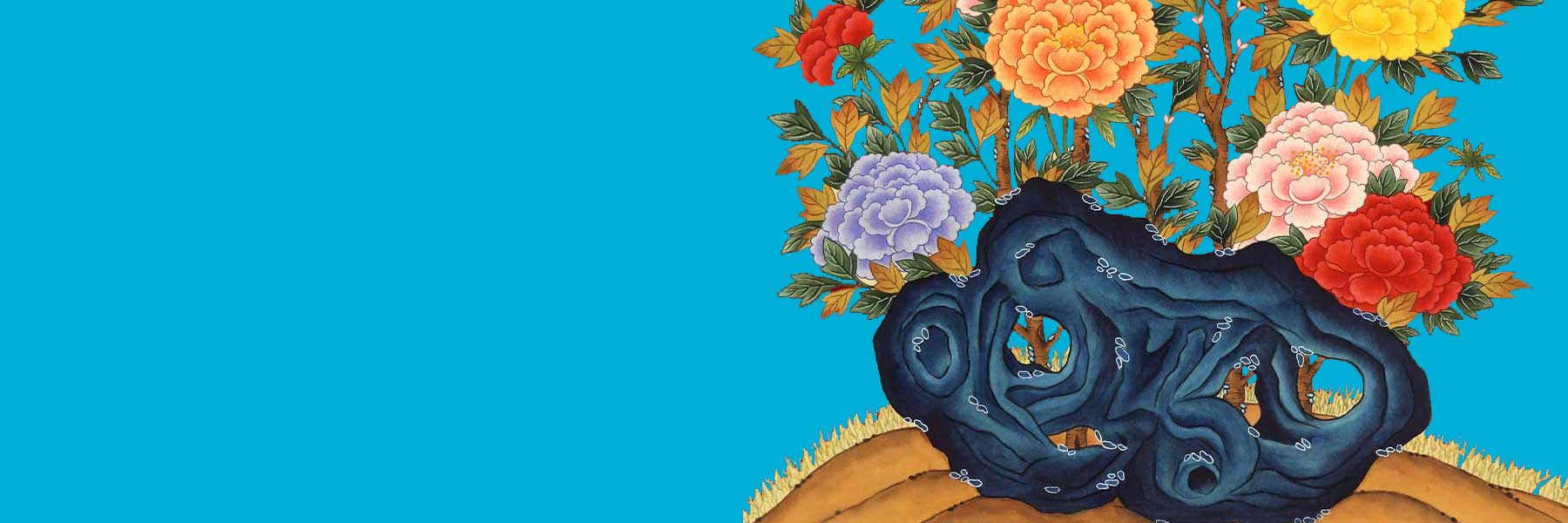
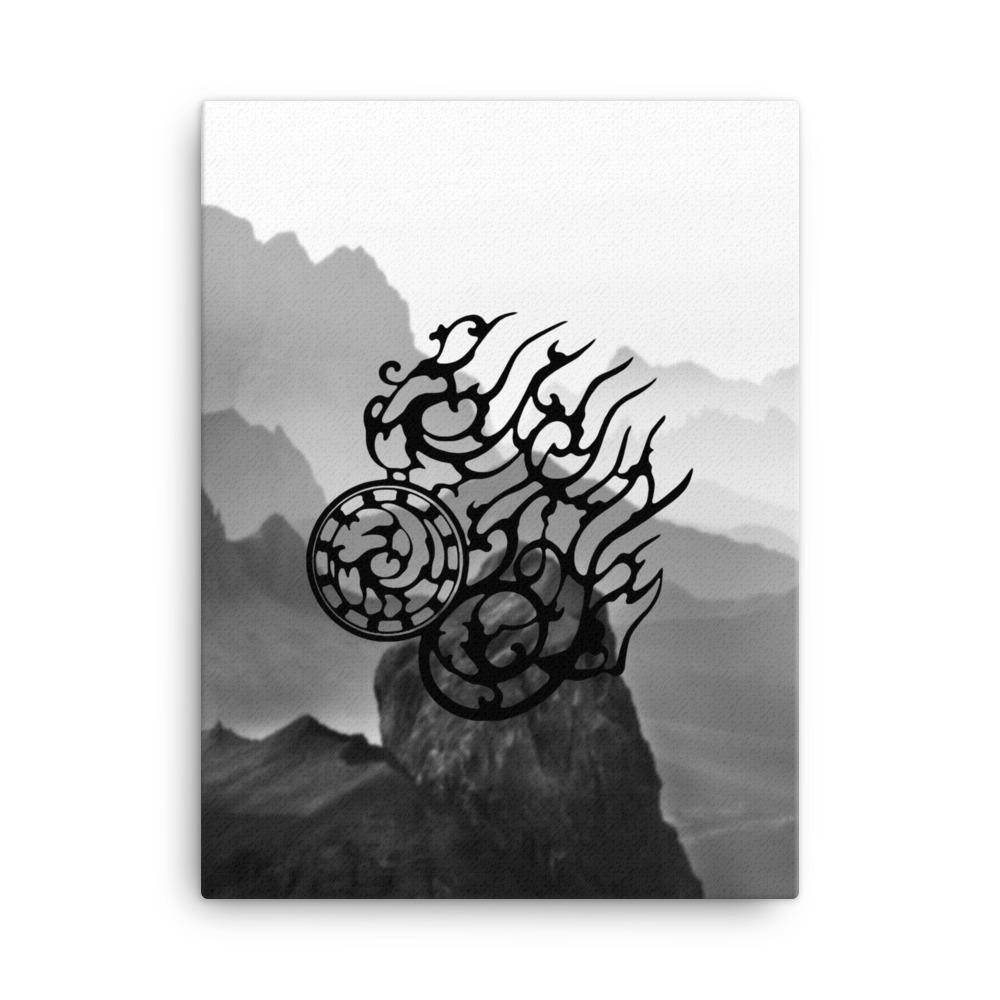
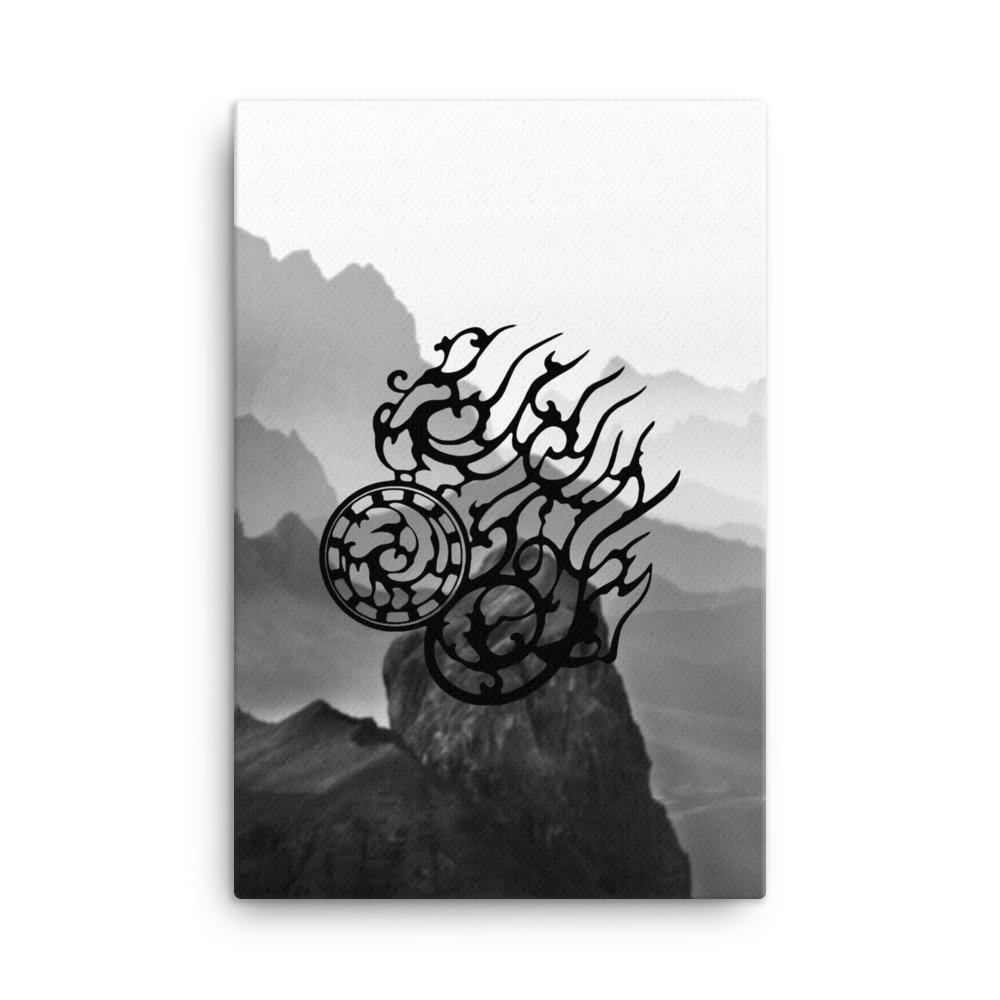
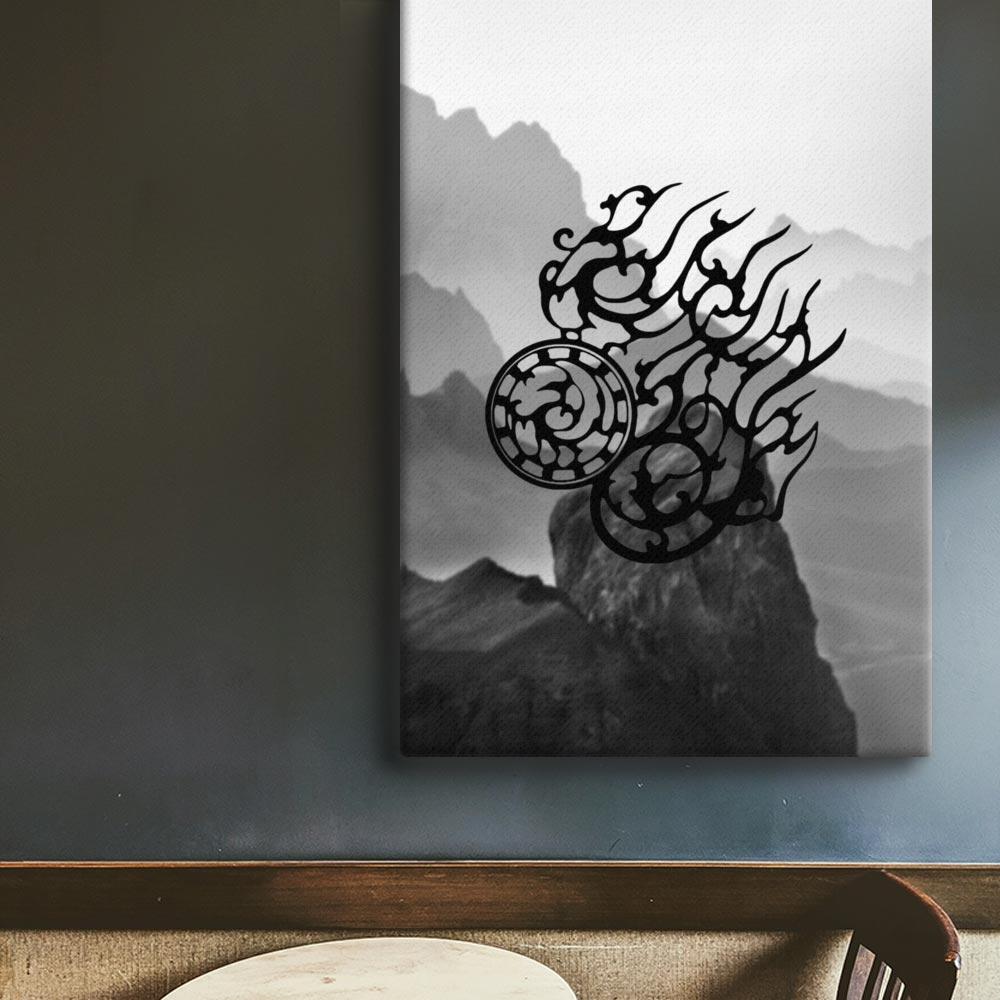


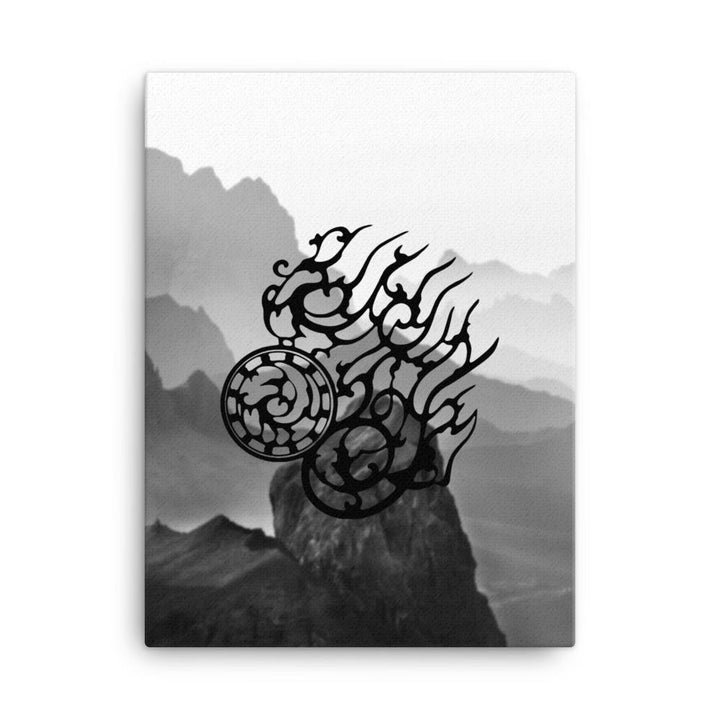


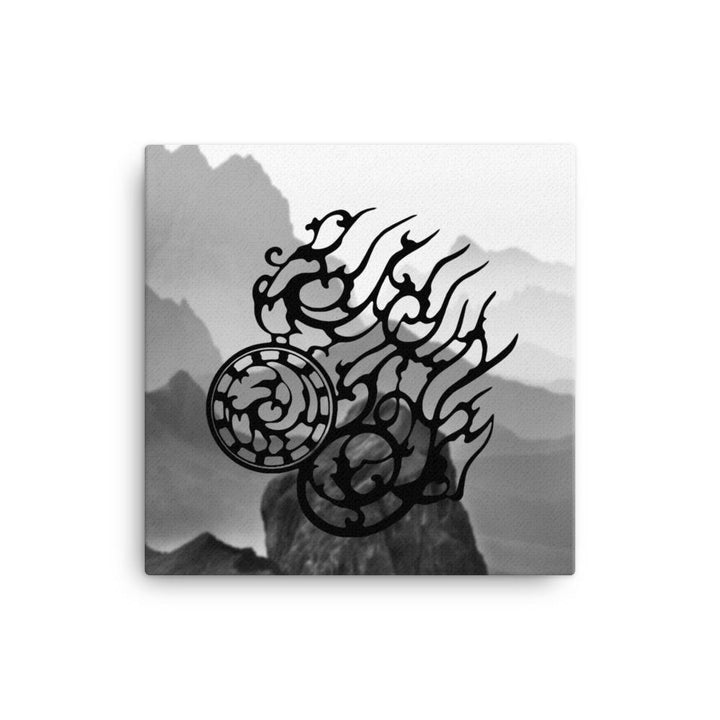
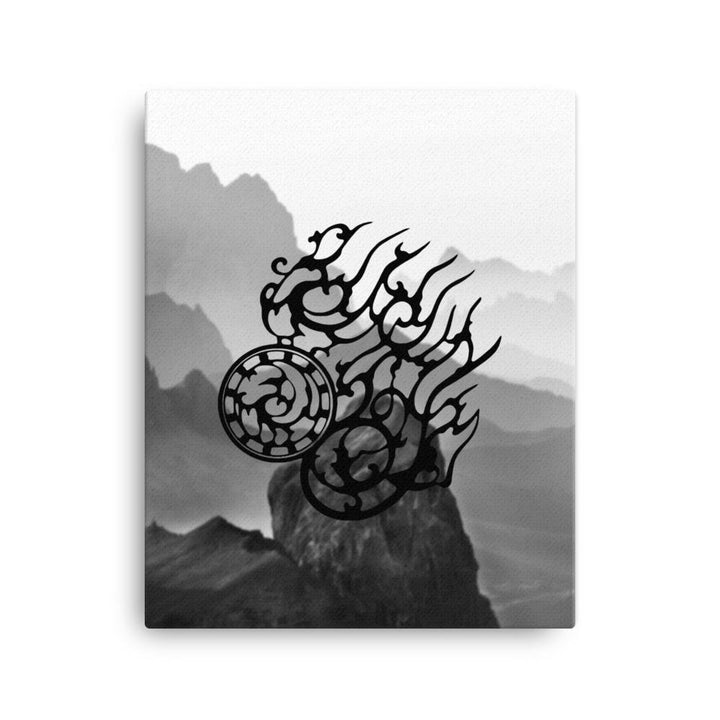
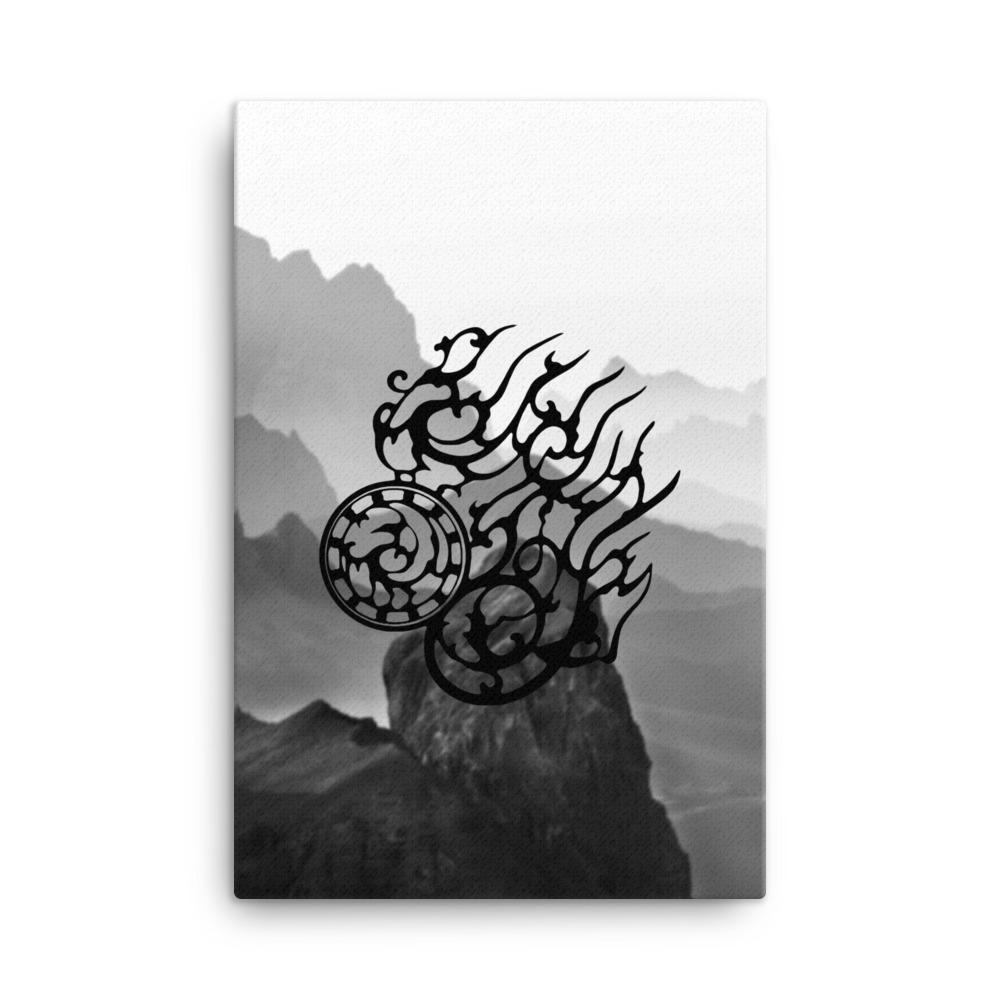
 Poster
Poster Frame
Frame Everywhere
Everywhere canvas
canvas

















